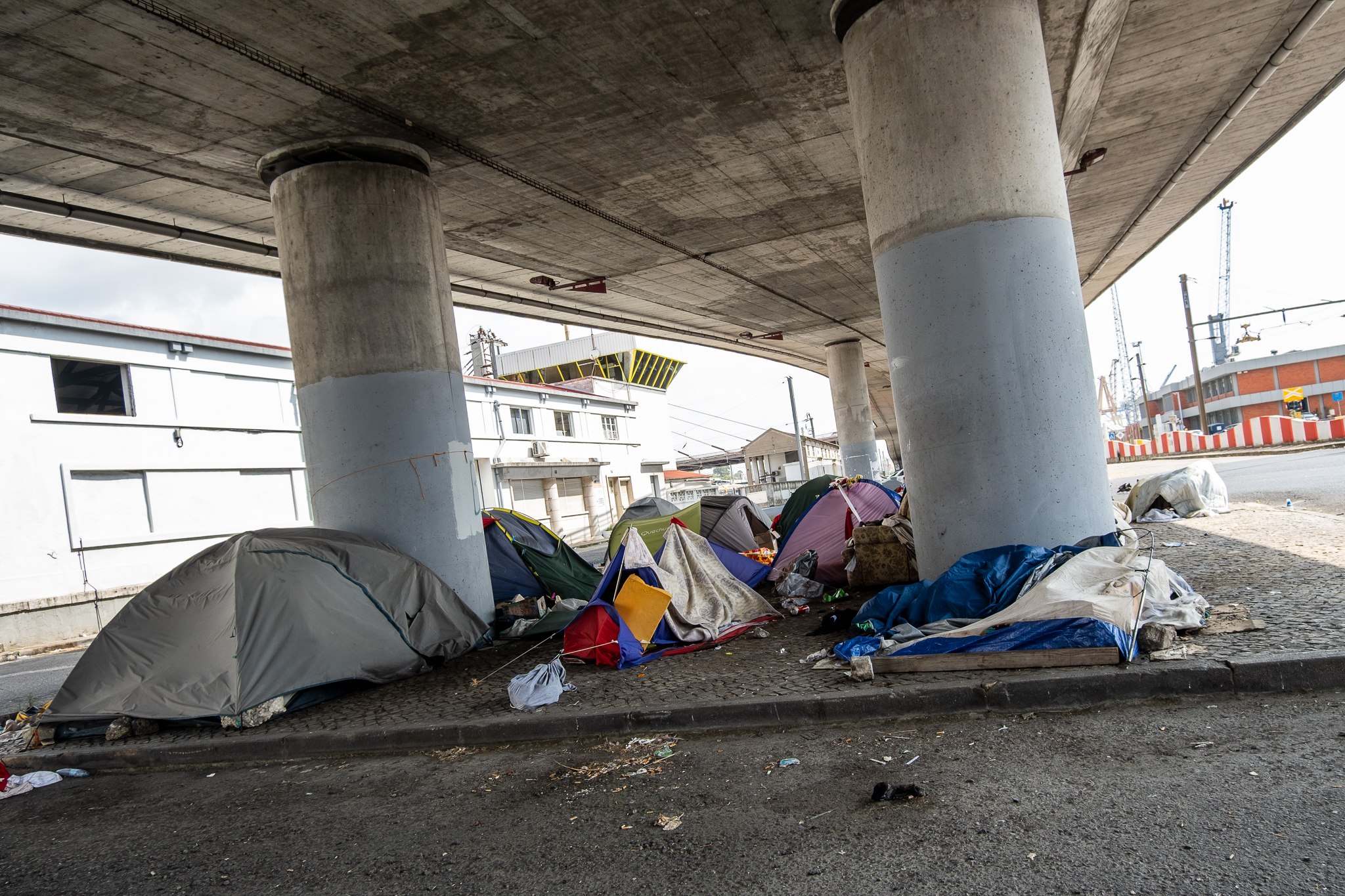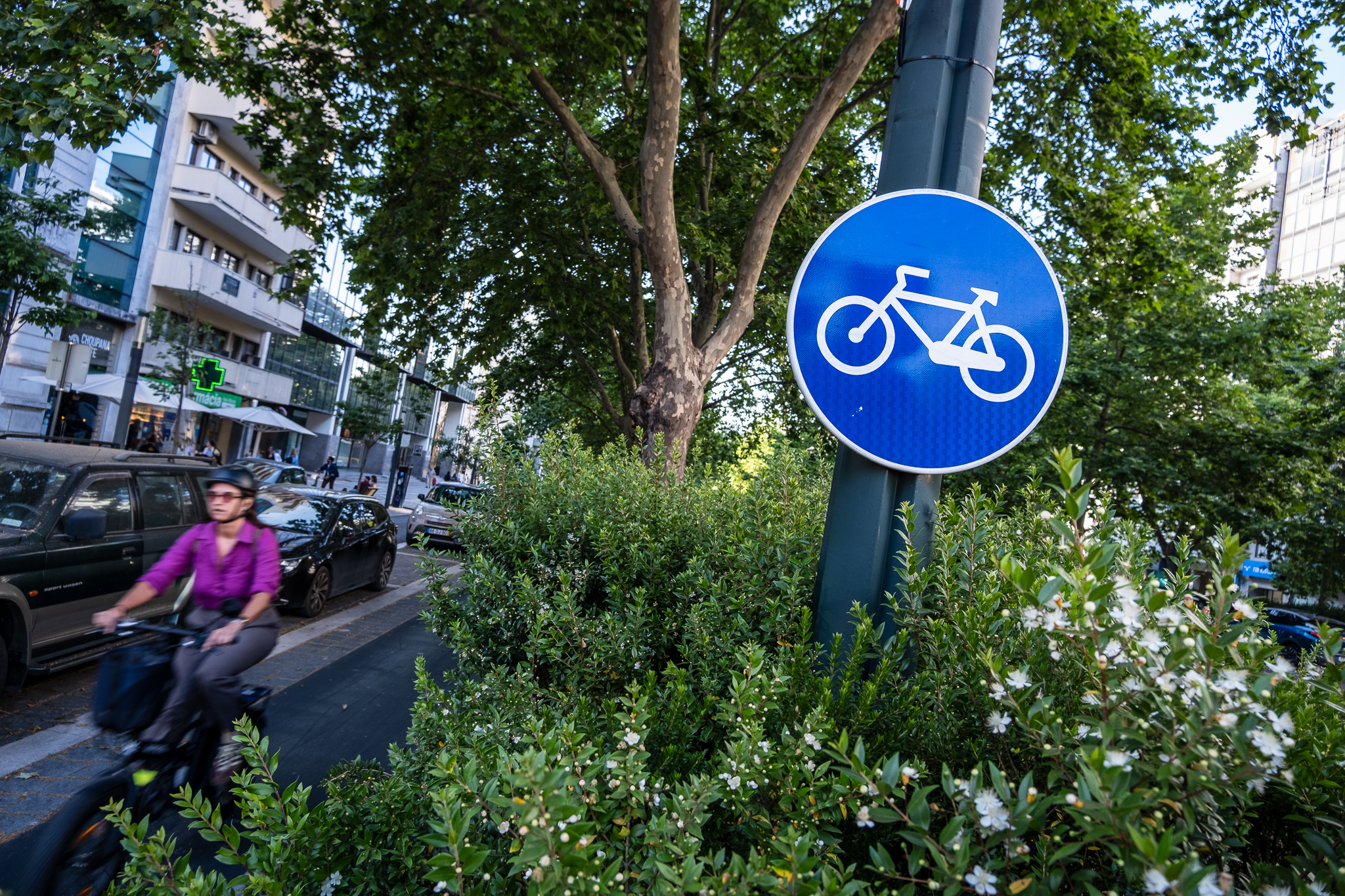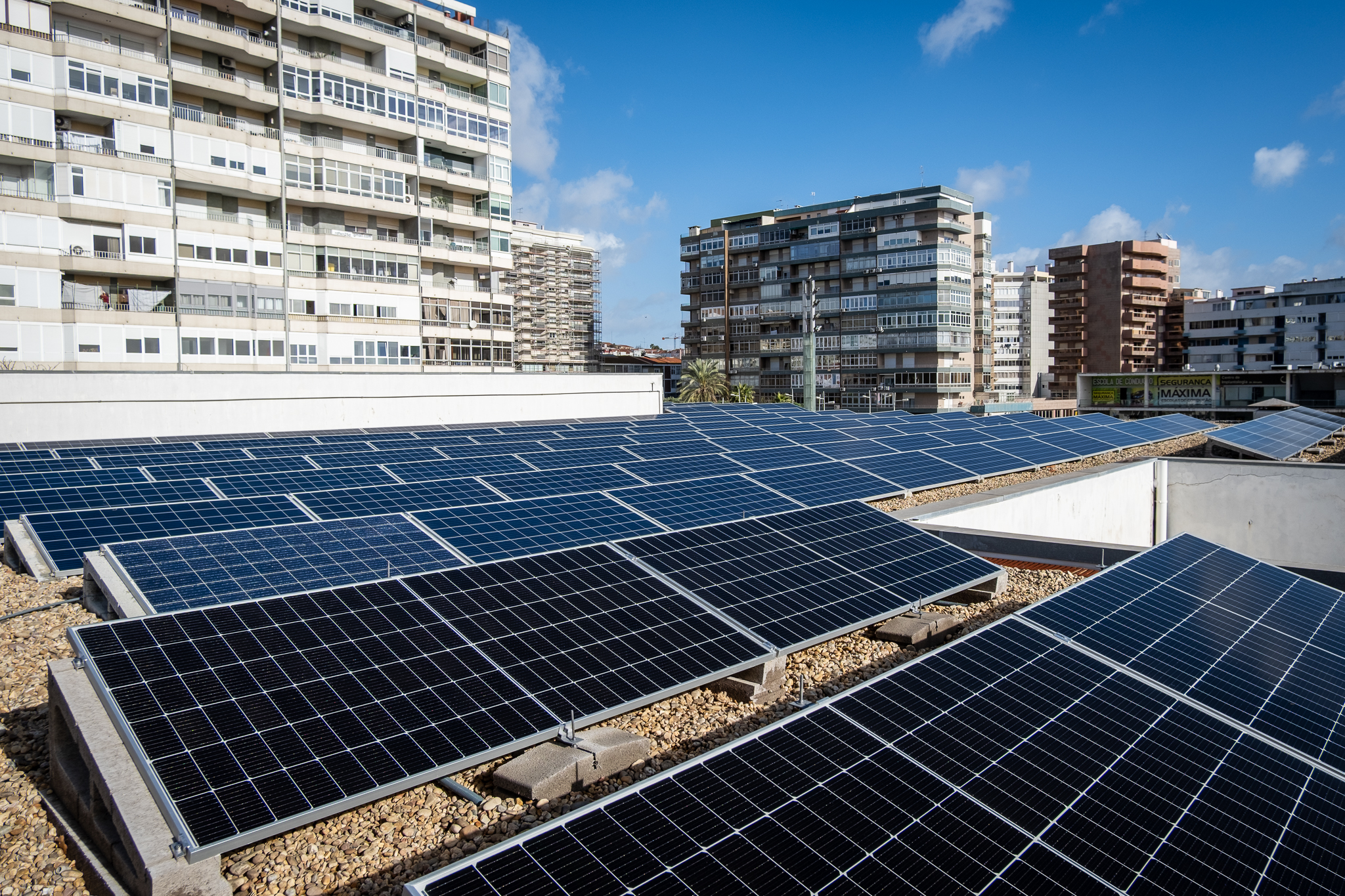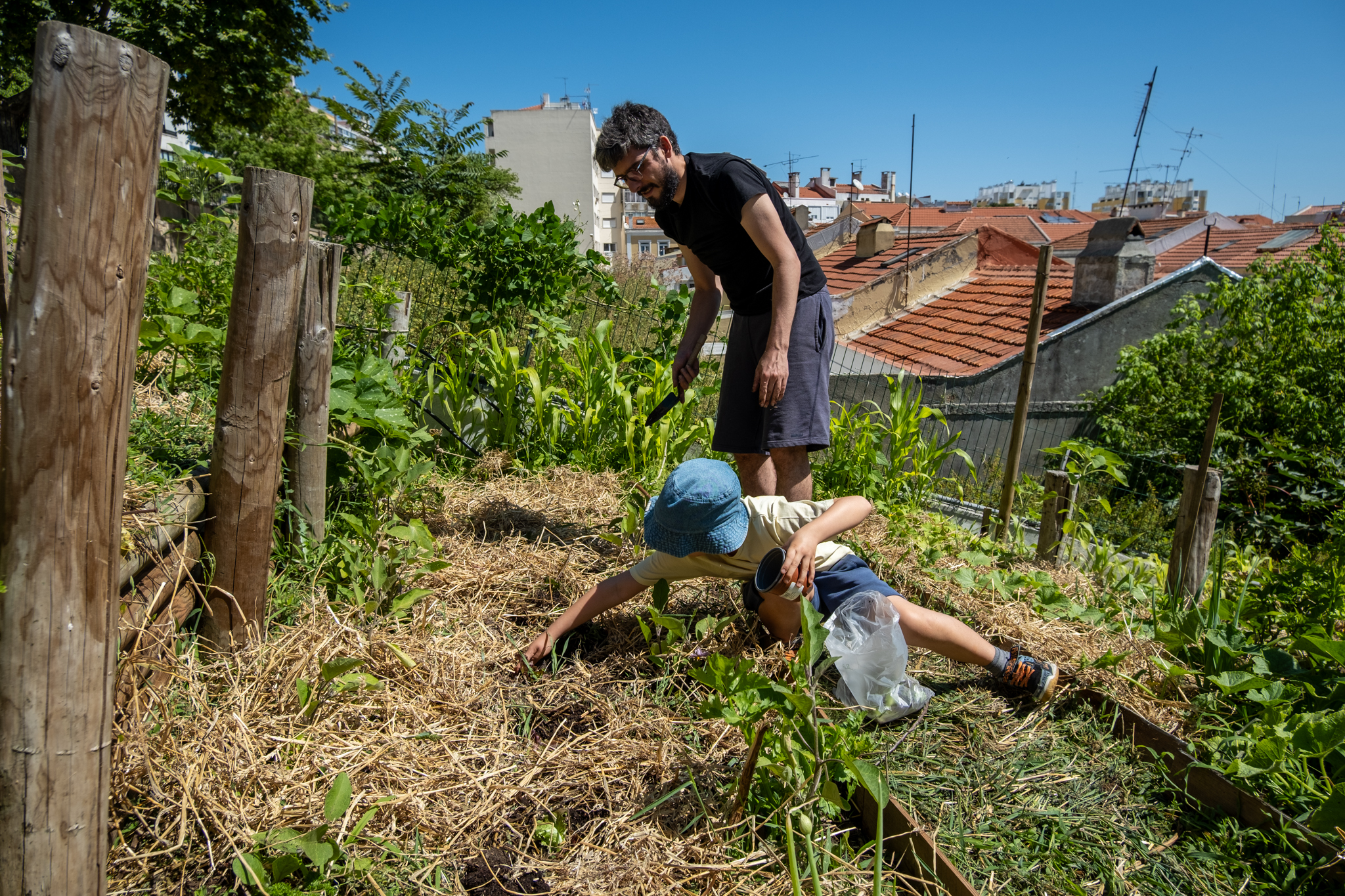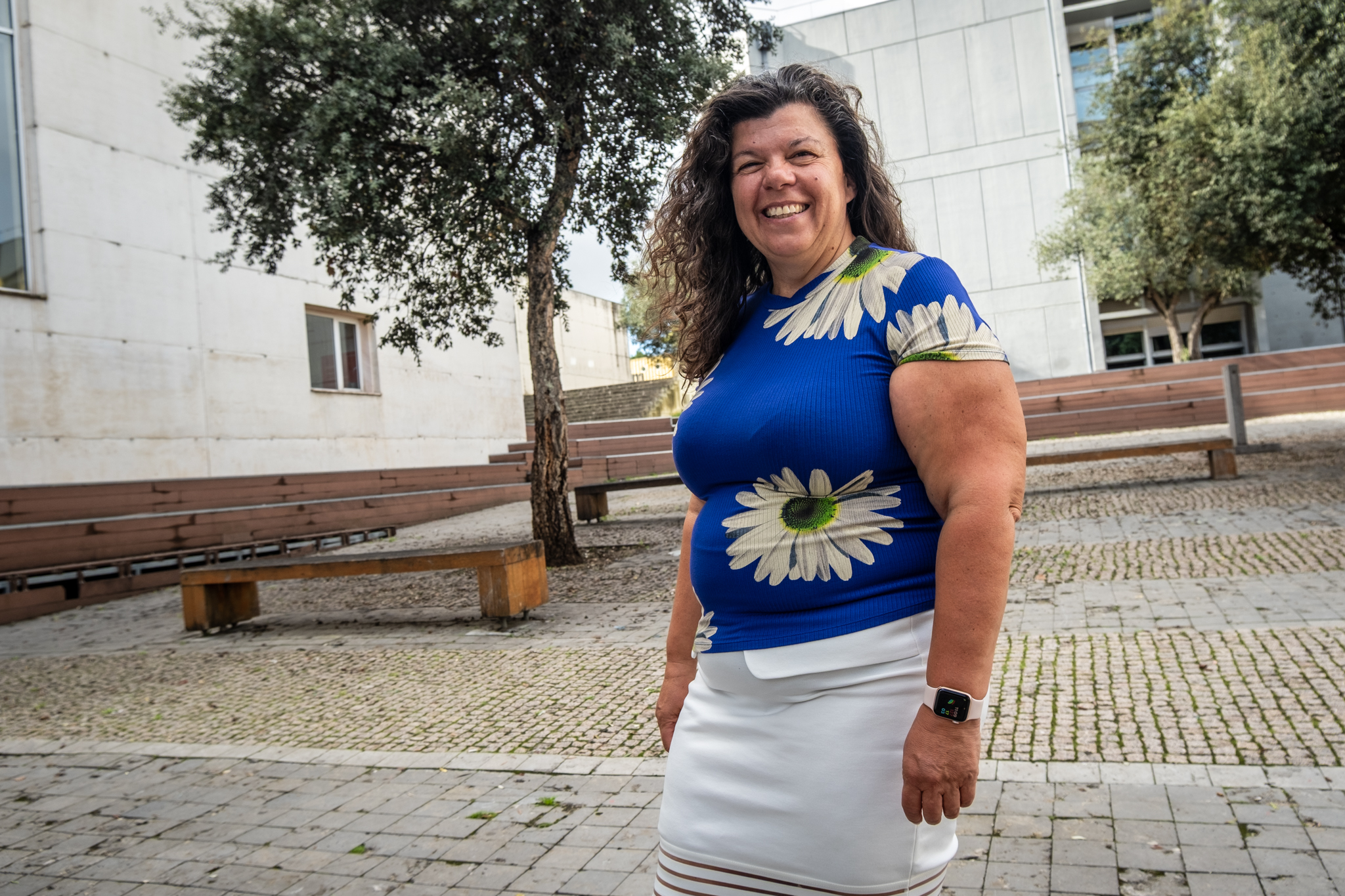Opinion.
Changing cities is imperative. If not for other reasons, then for our children. For their future.

The city where it was possible to play in the street safely has apparently disappeared. The weight of the car when traveling has tripled in thirty years. The power and speed of vehicles has increased substantially. In the same period, the number of children and young people halved. It is understandable that the urban public space, in particular the street, has become hostile to the informal play function.
The generation of parents and grandparents who played ball in the street, learned to ride a bicycle on their doorstep or walked to school alone talk about these experiences with a twinkle in their eyes, a mixture of satisfaction and pride. But this same generation is the one that, in the current context, repeats to its children "woe betide anyone who lets go of my hands" when riding on the sidewalks or "don't even think about riding a bike".
However, we live in a moment of questioning of this reality. In several cities around the world, large in size and complexity, such as Barcelona and Paris, changes are being made to the way the street is experienced, recovering functions for which it was also created, such as hanging out, walking and playing, in a context of mixed uses. There are strong reasons for this. Air pollution that kills, as do road accidents, CO2 emissions that change the climate and accelerate and worsen climatic phenomena, obesity and sedentary lifestyles that jeopardize the future of children and young people.
Janette Sadik-Khan, a former mobility advisor in New York, was in Barcelona a few months ago for an international event on Super Islands. She recalled that the Today's challenges require "look at the streets in a different way, reallocating existing space, since they occupy a third of what cities are". He explained that the strategy used in New York was to create the conditions for "make the streets as safe as possible". That's the only way to "get people to stop driving" and start driving. "walking, cycling and using public transport". They have to feel safe and then those offers have to be effective (fast) and attractive. On the value of freedom in the city, he stresses that "freedom is not having a car, but being able to move around without depending on it".
In this eventwas presented by Ada Colau e Janet Sanz an remarkable book on the Barcelona SuperyachtsThis is an example of urban planning in which the public space is designed so that children can have the freedom to play and be happy.
Here, we are far from that reality, unfortunately. Census data shows that. But perhaps it's time for parents and grandparents to unite so that their children can benefit from a city model similar to the one they had in their childhood and which brings back such good memories. The risks of this, where they live, are growing and serious. We must mobilize to prevent them from happening. For our children!


